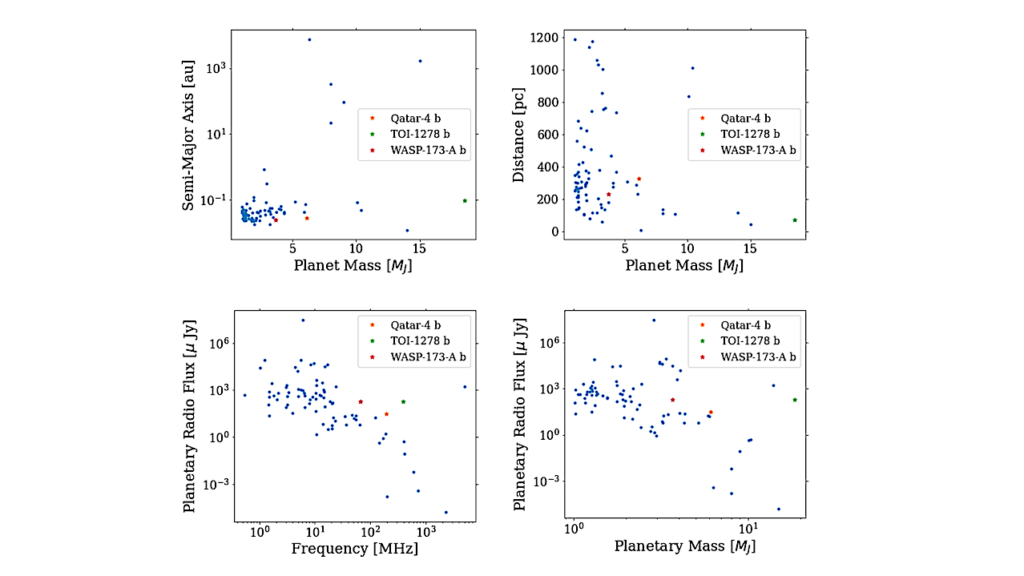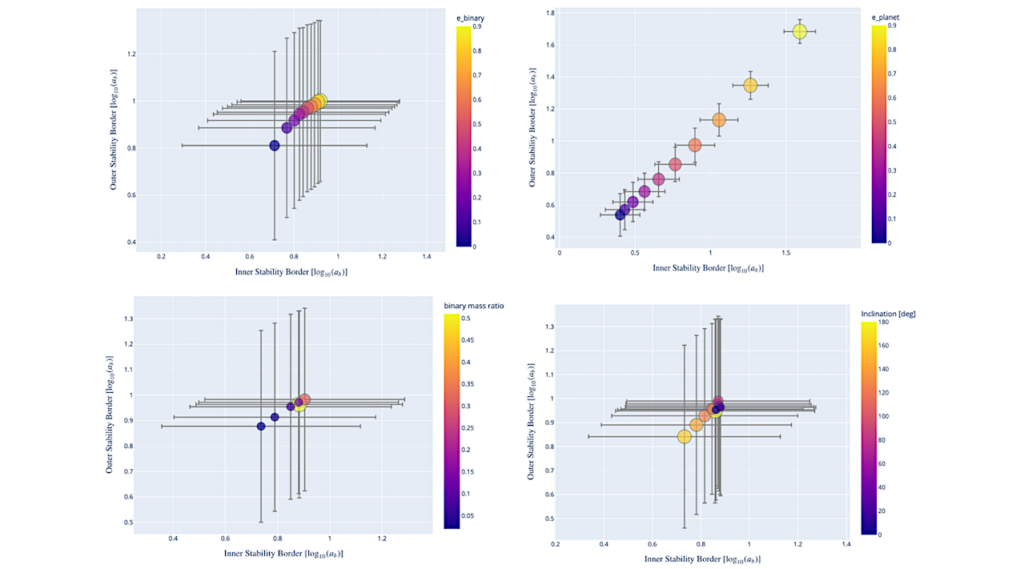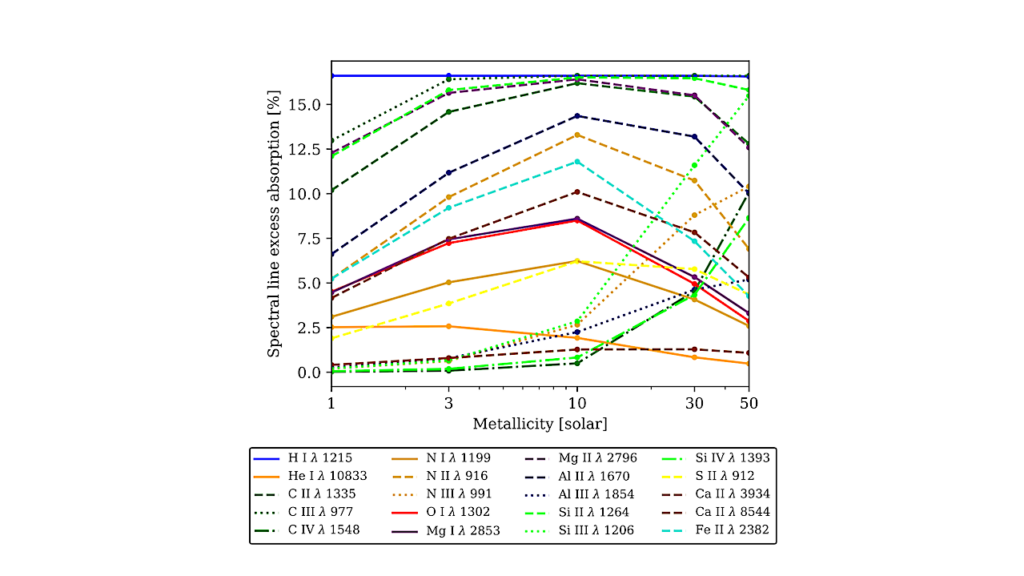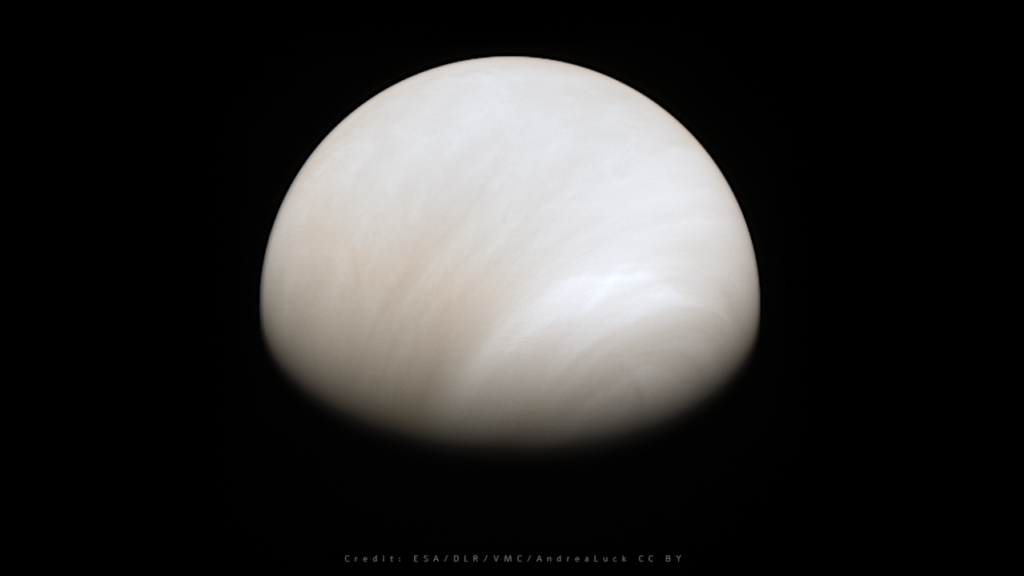Influence Of The Sun-like Magnetic Cycle On Exoplanetary Atmospheric Escape

Stellar high-energy radiation (X-ray and extreme ultraviolet, XUV) drives atmospheric escape in close-in exoplanets.
Given that stellar irradiation depends on the stellar magnetism and that stars have magnetic cycles, we investigate how cycles affect the evolution of exoplanetary atmospheric escape.
Firstly, we consider a hypothetical HD209458b-like planet orbiting the Sun. For that, we implement the observed solar XUV radiation available over one and a half solar cycles in a 1D hydrodynamic escape model of HD209458b. We find that atmospheric escape rates show a cyclic variation (from 7.6 to 18.5 × 1010 g s−1), almost proportional to the incident stellar radiation. To compare this with observations, we compute spectroscopic transits in two hydrogen lines. We find non-detectable cyclic variations in Lyα transits. Given the temperature sensitiveness of the Hα line, its equivalent width has an amplitude of 1.9 mA variation over the cycle, which could be detectable in exoplanets such as HD209458b.
We demonstrate that the XUV flux is linearly proportional to the magnetic flux during the solar cycle. Secondly, we apply this relation to derive the cyclic evolution of the XUV flux of HD189733 using the available magnetic flux observations of the star from Zeeman Doppler Imaging over nearly a decade. The XUV fluxes are then used to model escape in HD189733b, which shows escape rate varying from 2.8 to 6.5 × 1010 g s−1. Like in the HD209458b case, this introduces variations in Lyα and Hα transits, with Hα variations more likely to be observable. Finally, we show that a strong stellar flare would enhance significantly Lyα and Hα transit depths.
Gopal Hazra, Aline A. Vidotto, Carolina Villarreal D’Angelo
Comments: 17 pages, 11 figures, accepted for publication in MNRAS
Subjects: Solar and Stellar Astrophysics (astro-ph.SR); Earth and Planetary Astrophysics (astro-ph.EP)
Cite as: arXiv:2006.10634 [astro-ph.SR] (or arXiv:2006.10634v1 [astro-ph.SR] for this version)
Submission history
From: Gopal Hazra
[v1] Thu, 18 Jun 2020 15:57:42 UTC (444 KB)
https://arxiv.org/abs/2006.10634
Astrobiology








